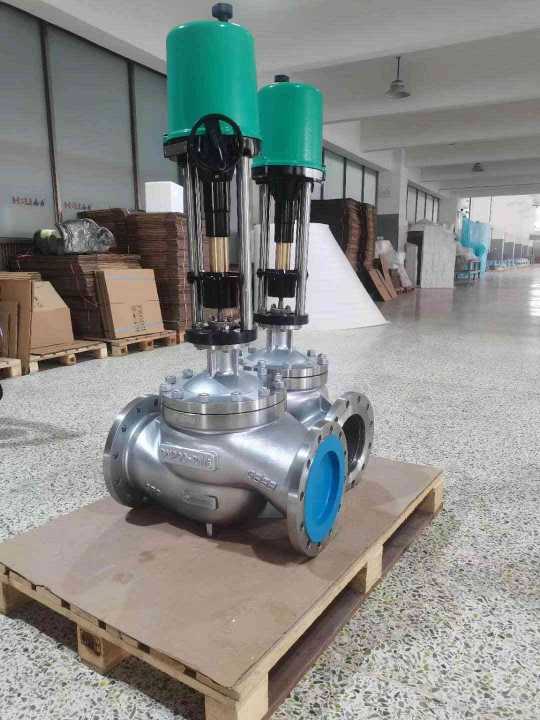Electric single seat regulating valves play a vital role in various industrial automation and process control systems. These valves are designed to regulate the flow, pressure, or temperature of fluids by adjusting the valve position in response to an electrical signal. Widely used across multiple industries, electric single seat regulating valves ensure the precise and reliable control of fluid systems, thus improving efficiency, safety, and performance.

What is an Electric Single Seat Regulating Valve? An electric single seat regulating valve consists of two main components: the valve body and the electric actuator. The “single seat” design refers to the fact that the valve has one sealing surface (seat) that controls the flow of fluid through it. The actuator, powered by electricity, receives control signals, typically 4-20 mA, to adjust the valve opening or closing. This allows for fine-tuned control over flow rates, pressures, and temperatures in industrial systems. Key Features and Advantages Electric Actuation for Precision: The electric actuator is the core component that distinguishes this valve from its pneumatic and hydraulic counterparts. It offers high precision in controlling the valve’s opening and closing, responding to electronic control signals. This enables the valve to provide accurate and repeatable adjustments, making it suitable for applications requiring high precision.